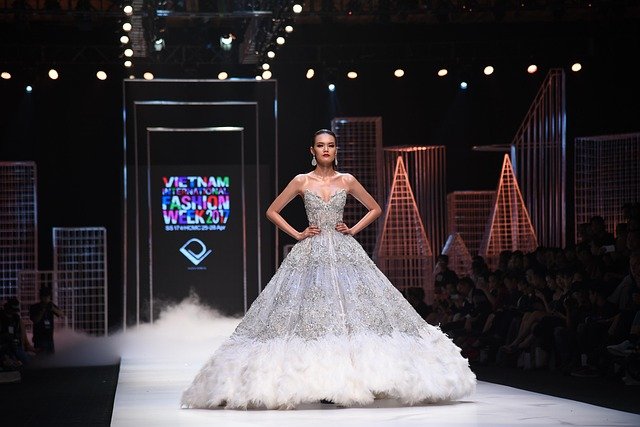**Title: "Sustainable Fashion: The Future

Sustainable Fashion: The Future
In recent years, the fashion industry has faced increasing scrutiny over its environmental and social impact. As awareness grows, the concept of sustainable fashion has emerged as a vital movement, aiming to reshape how we produce, consume, and think about clothing.
What is Sustainable Fashion?
Sustainable fashion refers to clothing, shoes, and accessories that are produced, marketed, and used in ways that are environmentally and socially responsible. This encompasses a wide range of practices, including:
- Eco-friendly materials: Utilizing organic cotton, hemp, Tencel, and recycled fabrics.
- Ethical labor practices: Ensuring fair wages and safe working conditions for garment workers.
- Reduced waste: Implementing zero-waste design principles and promoting circular fashion.
- Longevity: Creating high-quality pieces that stand the test of time instead of fast fashion items that quickly fall apart.
The Importance of Sustainable Fashion
Environmental Impact: The fashion industry is one of the largest polluters in the world. Sustainable fashion aims to reduce the carbon footprint, water usage, and waste associated with clothing production.
Social Responsibility: Many fast fashion brands exploit labor in developing countries. Sustainable fashion promotes ethical practices, ensuring that workers are treated fairly and paid appropriately.
Consumer Awareness: As consumers become more informed about the impact of their purchases, they are increasingly seeking brands that align with their values. Sustainable fashion meets this demand by providing transparency and accountability.
The Future of Fashion
The future of fashion lies in innovation and collaboration. Here are some trends and advancements shaping the sustainable fashion landscape:
Technology Integration: From 3D printing to blockchain, technology is revolutionizing how we design, produce, and sell clothing. These innovations can lead to more sustainable manufacturing processes and better tracking of supply chains.
Second-Hand and Rental Markets: The rise of thrift shopping and clothing rental services is changing consumer behavior, encouraging people to buy less and reuse more.
Fashion Activism: Designers and brands are increasingly using their platforms to advocate for change, raising awareness about environmental issues and promoting sustainable practices.
How You Can Contribute
As individuals, we can all play a part in promoting sustainable fashion:
- Educate Yourself: Stay informed about the brands you support and their practices.
- Buy Less, Choose Wisely: Invest in high-quality pieces that will last, rather than succumbing to fast fashion trends.
- Support Sustainable Brands: Seek out companies that prioritize sustainability and ethical practices.
- Embrace Second-Hand: Shop at thrift stores, swap clothes with friends, or explore rental options.
Conclusion
Sustainable fashion is not just a trend; it's a necessary evolution in the way we approach clothing. By making conscious choices and supporting ethical practices, we can all contribute to a more sustainable future in fashion. Together, we can create a world where style and sustainability go hand in hand.
Join the conversation! What are your thoughts on sustainable fashion? Share your favorite sustainable brands or practices in the comments below!

All images are taken from the Pixabay.com
Upvoted! Thank you for supporting witness @jswit.